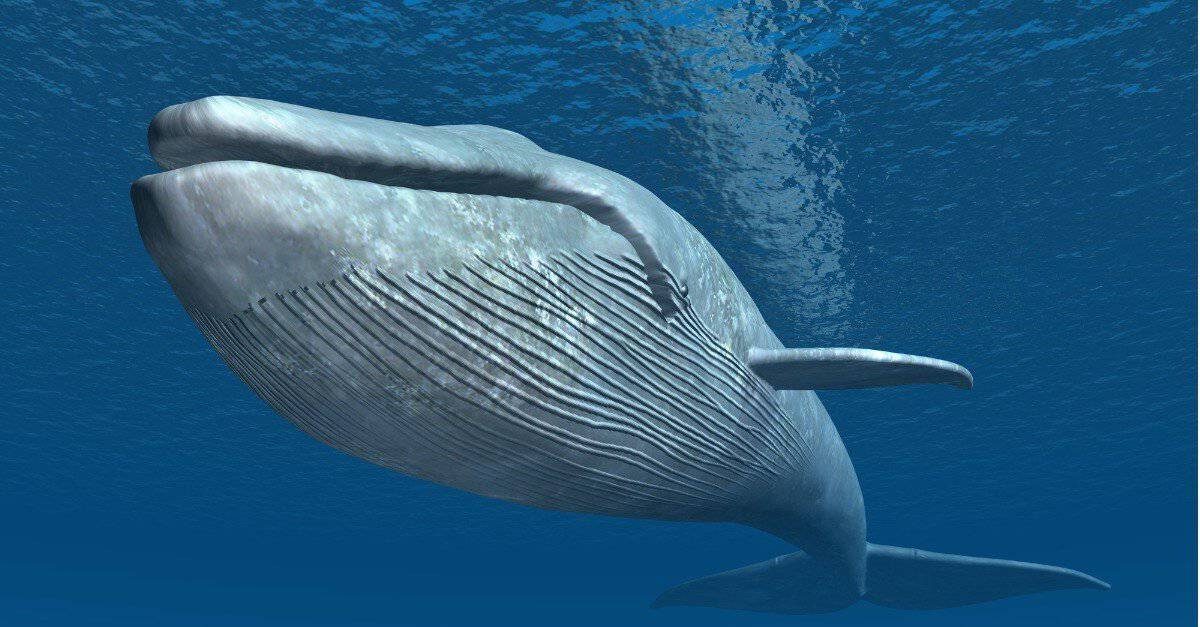Bay of Whales: Location & What Makes It So Unique
Exploring the Enigmatic Bay of Whales
Nestled in the mesmerizing landscape of Antarctica, the Bay of Whales stands as a natural spectacle like no other. This unique location is a haven for a plethora of marine life, particularly the majestic whales that seem to be drawn to its icy embrace. The bay, with its sweeping vistas and dramatic ice formations, is not just a picturesque destination; it serves as a vital ecosystem for various species, making it an essential site for ecological studies and a bucket-list location for adventurous souls. Young travelers and nature enthusiasts alike will find something truly captivating about this magnificent bay.
Geographical Marvel: Where Nature Paints the Canvas
The Bay of Whales is located within the Ross Sea region in Antarctica. This area is unique because it combines a permanent ice shelf with a variety of underwater topographies, creating an intricate ecosystem. The ice shelf allows for the formation of polynyas—areas of open water surrounded by sea ice—which play a critical role in marine life as they provide sustenance and breeding grounds for various species.
One of the most striking features of the Bay of Whales is its expansive float of ice, where huge icebergs drift majestically through the waters, gleaming under the stark Antarctic sun. The bay offers a visually stunning contrast between the deep azure of the sea and the pristine white of the ice, creating a surreal environment that is perfect for photography and exploration.
Moreover, because it is so far removed from urban areas, the Bay of Whales offers a rare glimpse into an untouched wilderness, making it a prime spot for those seeking to experience nature in its most raw and unrefined state.
Marine Biodiversity: A Sanctuary for Whales
What sets the Bay of Whales apart is its significance as a breeding and feeding ground for various whale species. The nutrient-rich waters draw in a myriad of marine life, including krill, fish, and, of course, the magnificent whales. Species such as the Orca, the Blue Whale, and the Humpback Whale are often spotted frolicking in these nutrient-dense waters, offering an extraordinary opportunity for wildlife enthusiasts and aspiring marine biologists to observe these gentle giants in their natural habitat.
The phenomenon of bubble-net feeding, practiced by some whale species in these waters, is not only fascinating to witness but also highlights the advanced hunting techniques that these intelligent creatures employ. Observing the social dynamics and complex communications of whales in their natural environment allows for a deeper understanding of marine biology and conservation efforts.
The presence of seals, penguins, and various seabirds adds to the bay’s rich biodiversity, making it an extraordinary spot for wildlife photography and ecological observation. Young explorers can engage with local scientists to learn about the significance of these species in maintaining aquatic ecosystems and promoting biodiversity.
Adventure Awaits: Activities Beyond Sightseeing
The Bay of Whales is not only a destination for documentary-watching; it offers a plethora of activities for the adventurous spirit. Kayaking among the icebergs gives an unbeatable perspective of the bay’s beauty and offers the excitement of close encounters with wildlife. For the more daring, guided tours can provide opportunities for ice climbing and camping on the ice, allowing for a first-hand experience of the Antarctic environment.
For those less inclined toward physical activities, educational cruises provide insightful narratives about the ecology and history of the region. These excursions often feature expert commentary that delves into the intricacies of climate change and its impact on the polar ecosystem.
Emphasizing Respect for Nature
As young adventurers set out to explore the Bay of Whales, it is essential to foster a sense of responsibility toward this fragile environment. Understanding the repercussions of human activity on marine ecosystems is vital in cultivating future conservationists and wildlife advocates. Eco-friendly practices, such as minimizing waste and understanding wildlife etiquette, ensure that this breathtaking location remains preserved for generations to come.
In summary, the Bay of Whales is more than a beautiful postcard; it is a gateway into the heart of Antarctic ecology, an invitation to explore its extraordinary biodiversity, and a catalyst for adventure. Whether you are fascinated by marine life, seeking thrilling escapades, or simply yearning for serenity in nature, the Bay of Whales promises an unforgettable experience. Embrace the spirit of exploration and embark on a journey that transcends the ordinary and dives deep into the wonders of our planet’s oceans.
You May Also Like
Best Fish to Catch in Australia: A Guide for Anglers
Australia boasts an extraordinary diversity of fish species, making it …
Emily Bay Norfolk Island: A Hidden Gem in the Pacific
Emily Bay, a picturesque enclave nestled on the sun-kissed shores of …
Holidays on August 23: Global Festivities & Observances
August 23 is a date that carries a bouquet of cultural significance …





